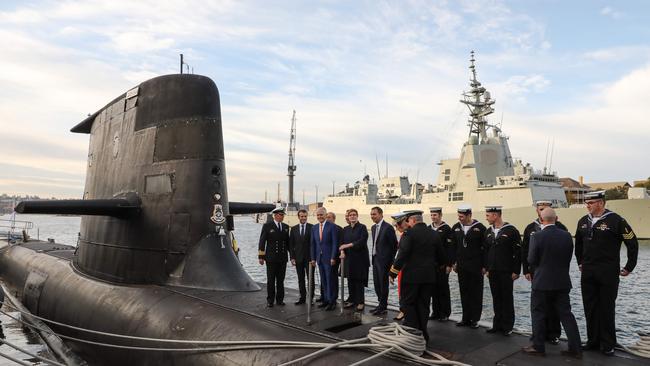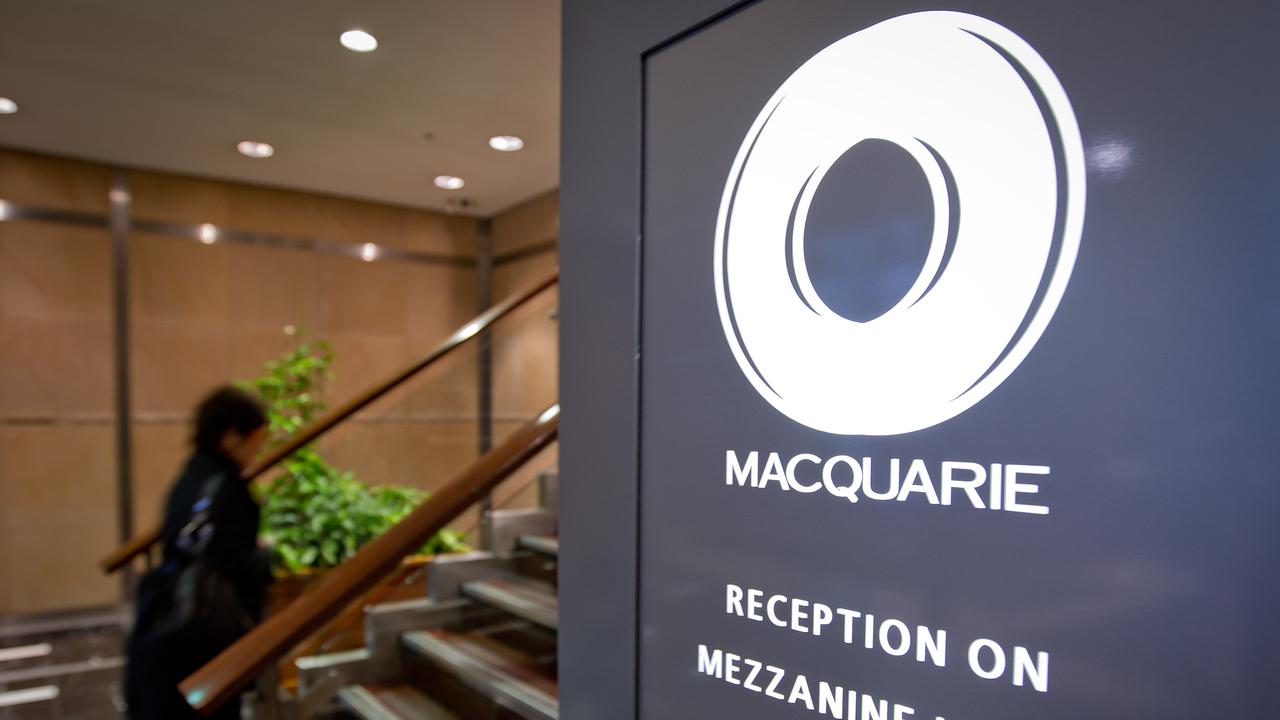Defence deals like the JSF and new submarines project leave Australia exposed
If Uncle Sam can’t come to our rescue, we’d better learn the art of the defence deal.

The Australian nation must recognise that two fundamental pillars of the federation are being radically changed.
Yesterday I detailed the revolution in the assembly of capital. The weakening of the second pillar is more serious. We need to accept that the US military power now looks to be inferior to both China and Russia. And that’s not but my guess or a boast from China and Russia, but the conclusion of the National Defence Strategy Commission, a non-partisan body set up by the US Congress to review the state of US defence. China and Russia have believed in their superiority for some time. Hence the stance of Russia in the Baltic Sea and Ukraine and China’s pressure in the South China Sea.
Since federation, Australia has enjoyed the protection of the most powerful nation in our region; first Britain and then the US. Our defence decision making process has been based on the assumption that there will no major conflict in the region because of the dominance of US power. As a result we can be cavalier in our defence decision making in air power, submarines and other areas.
But first let’s look at some of the conclusions of the US National Defence Commission which includes some of the best defence experts in America.
The defence strategy commission says:
“If the United States had to fight Russia in a Baltic contingency or China in a war over Taiwan, Americans could face a decisive military defeat.
“These two nations possess precision-strike capabilities, integrated air defences, cruise and ballistic missiles, advanced cyberwarfare and anti-satellite capabilities, significant air and naval forces, and nuclear weapons: a suite of advanced capabilities heretofore possessed only by the United States. The US military would face daunting challenges in establishing air superiority or sea control and retaking territory lost early in a conflict.
“Against an enemy equipped with advanced anti-access/area denial capabilities, attrition of US capital assets—ships, planes, tanks—could be enormous. The prolonged, deliberate build-up of overwhelming force in a theatre that has traditionally been the hallmark of American expeditionary warfare would be vastly more difficult and costly, if it were possible at all.
“Put bluntly, the US military could lose the next state-versus-state war its fights.”
Later the commission explains that in some cases “we are behind, or falling behind, in critical technologies. US competitors are making enormous investments in hypersonic delivery vehicles, artificial intelligence (AI), and other advanced technologies. With respect to hypersonics in particular, the United States finds itself trailing China and perhaps Russia as well.
“All this raises the possibility that America may find itself at a technological disadvantage in future conflicts.”
Elsewhere, the report says that in 2017 “all of the military services were at or near post-World War II lows in terms of end-strength, and all were confronting severe readiness crises and enormous deferred modernisation costs. A series of temporary budget increases provided for by the Bipartisan Budget Acts of 2013, 2015, and 2018 provided welcome but insufficient relief. As the world has become more threatening, America has weakened its own defence.”
In the Joint Strike Fighter, Australia has seen first hand one section of the US decline and the Russians and China are developing aircraft that are superior. Just as seriously, our defence officials and various defence ministers (on both sides) have regularly concealed the ballooning JSF costs and the fact that the JSF does not deliver the regional air superiority governments of the day have told parliament we were purchasing.
If it’s possible, the submarine morass is worse because at least with the JSF the Americans have bodies that tell the truth so the extent of the problem is documented.
In the submarine negotiations, to put it in old fashioned terms, “we got conned” because we did not have people of sufficient calibre to understand the French game. I detailed the background in The Australian last October.
But in summary, the French sent the brilliant negotiator Marie Pierre de Bailliencourt to offer Australia the opportunity for a unique partnership with the French to design and deliver a regionally superior submarine over which Australia would have the sovereign capacity to operate and sustain over its life. The French would establish an Australian industrial supply network.
As we now know the French non-nuclear technology in this project was high risk to say the least and soon after agreement Marie Pierre de Bailliencourt was removed from the project and it became obvious that the French planned to do a much larger proportion of the work in France than we had agreed to. The announced cost of the project, at $50 billion, was twice rival bids but that cost has now blown out to the vicinity of $90 billion and the total cost of the project will exceed $200 billion. Our defence money is being gouged on a suspect project that, if it ever delivers world class submarines, will be not been seen until the 2030s.
To his credit the current defence minister Christopher Pyne has stood up to the French but I fear at the G20 the French Prime Minister Macron may have tried to hoodwink our prime minister.
Our antics and concealments in the JSF and the submarines plus other areas show Australia is a nation that has not yet realised that the US may no longer have the ability to defend us.



